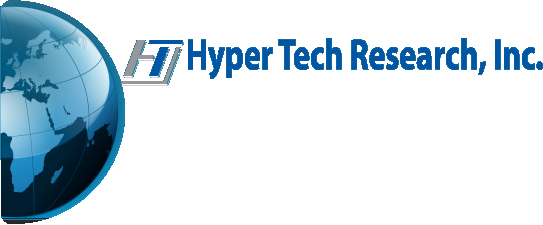







Helium
Some medical equipment requires a cryogenic refrigerant;
however, MgB2 superconducting wire and related products
function without it.

© Hyper Tech Research, Inc. 2014
Helium as Cryocooler
Helium is a light, inert, non-renewable gaseous element, which is found in nature in natural gas, is used as
a superfluid refrigerant in cryogenic research. Because of its low melting point (-452 degrees Fahrenheit), it
is used to cool medical and research equipment to near absolute zero. The element is virtually unreactive
and therefore can be used with other substances with no resultant contamination issues.
Helium is vital to MRIs and research equipment because it cools the low temperature superconducting wire
used in the magnets to extremely low temperatures. Cooling the wire decreases resistance to electrical flow,
which creates a stronger, steadier magnetic field. One of the benefits of MgB2 superconducting wire is that it
performs these functions without a cryocooler such as helium. Therefore, MgB2 will remain viable in the
future regardless of the predicted helium shortage.
Helium Shortage
In the 1960s, the U.S. increased helium production and storage to meet the needs of the Defense
Departments and aviation industry; however, helium consumption then shifted from the government sector
to private sector by almost 90 percent. Worldwide demand for helium increased dramatically during the past
20 years. The Helium Privatization Act of 1996 was enacted to sell federal crude helium reserves at a
specified price (not market value) and privatize the production, storage, and distribution of helium. The Act
mandated that government-owned reserves of crude helium are to be sold between January 1, 2005, and
January 1, 2015. In 2010, a committee from the National Research Council of The National Academies of
Scientists researched the effects of the 1996 Act and cited various flaws in it. The committee outlined steps
to monitor and protect the federal government’s crude helium reserves. Many scientists predict a shortage
of helium once these stores are sold.












